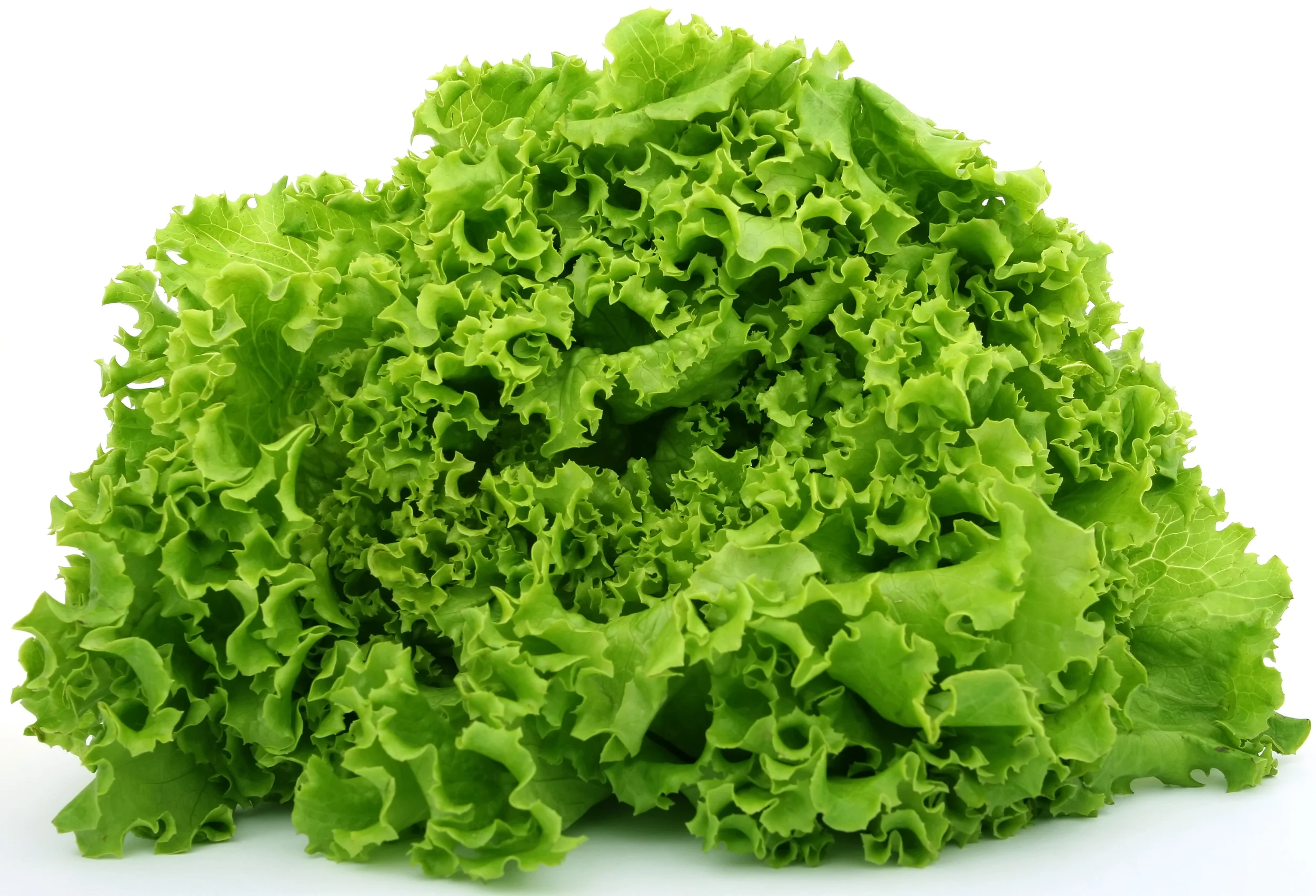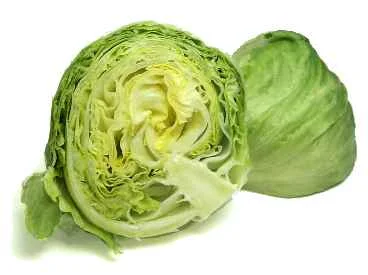Living Lettuce Wall at the Philadelphia Flower Show 2012
While you may not need a Living Lettuce Wall quite as big as the one to the left, it is possible for everyone to enjoy fresh, crisp, home-grown lettuce whether or not you have space for a traditional garden.
Here Is How
1st - Choose Your Pleasure
There are four main kinds of lettuce to choose from: Butterhead (Bibb), Crisphead (Iceberg), Romaine and Looseleaf (Cutting). There is no wrong choice among these delicious garden greens, but we have listed some qualities of each type so you can make your choice wisely.
Butterhead Lettuce is the largest and best-flavored (our opinion) group of lettuces. Tender leaf lettuces form a tightly folded head with delicate buttery flavor. Typically smaller heads than other types. You can cut individual leaves at any stage and the plants will keep producing all season long - a great feature for living walls.
Looseleaf Lettuce are fast-growing and won’t form tight heads like Romaine varieties. Looseleaf lettuce varieties come in such brilliant colors from chartreuse, deep green and bronzy reds. Like Butterhead varieties, you can cut individual leaves at any stage of Looseleaf's development and the plants will keep producing all season long.
Romaine Lettuce contain elongated, thick leaves which are crisp and savory, and hold these qualities well after harvest. Very heat resistant, these plants are slow to bolt and are ideal for either fall or spring. Romaine varieties take 75 to 85 days to mature from seed; a bit longer than Butterhead and Looseleaf varieties.
Crisphead Lettuce contain curved, overlapping leaves which form crispy, firm round heads. Inside, creamy white leaves are tightly packed. Deep green outer leaves are delicious too. Crispheads mature at about the same rate as Romaine varieties.
Ready To Start? Order Your Pre-Planted Garden Today!
2nd - Learn The Ropes - Care Instructions
Temperature: Lettuce is adapted to cool growing conditions with the optimum temperatures for growth between 60 to 65 degrees F. Some varieties, such as Romaine, are much more tolerant of heat. Optimum growing temps for Romaine are 70 to 80 degrees F. When temperatures become warmer than 85 to 90 degrees, the plants flower and produce seed. However, lettuce can tolerate a few days of these temperatures, provided that nights are cool.
Light (If Growing Outdoors): These are cool weather crops and will thrive in partial shade. If the leaves show signs of wilting it could be exposed to too much direct sunlight. Try moving the plant to a place that is protected from direct sunshine, especially hot afternoon sun.
Light (If Growing Indoors): If you have a south-facing windowsill that would allow your plants to get some direct sun, then you are all set. If not, you can supplement your indoor lighting with artificial lighting. Warm white and Cool White fluorescent/CFL lights are the only artificial light that should be used to supplement indoor lighting for lettuce. All types of lettuce will bolt to seed when exposed to a type of artificial light called known as far red light from grow lights. Avoid using incandescent lights and grow lights that are say they are either full spectrum or for the flowering/blooming stage and your plants will be just fine. The indoor supplemental lighting requirement for lettuce is 51 watts per square foot for twelve or more hours per day.
Water: The key to lettuce production is supplying moderate, almost constant water - especially during warm weather. Unless there is regular rainfall, lettuce must be watered deeply at least once a week- more frequently during periods of drought. Lettuce is shallow-rooted, so water slowly and gently to avoid disturbing the soil around the roots.
Soil: The soil should also be rich in nitrogen and potassium. The best way to accomplish this is to work in plenty of organic matter (compost rich in micro-nutrients) that will loosen and enrich the soil. Strive for a pH of 6.0 to 6.8.
Air Humidity: Mist leaves occasionally, especially in hot weather.
Harvesting: For the best quality, pick lettuce early rather than late as lettuce allowed to grow too long may be bitter and tough. Try to harvest lettuce in the morning when the leaves are crisp, sweet, and full of moisture. Harvest looseleaf types anytime the leaves are large enough to use. Harvest butterhead types when they have formed heads and the leaves are a good size. Cut the heads below the crown. On leaf types, you can just pick a few leaves at a time, if you like.
3rd - Ward Off Enemies - Pest & Disease Prevention
Lettuce is generally disease and pest free (especially when grown indoors), but you should still be vigilant.
Slugs, Snails, Cutworms, and Beetles: Slugs are tougher to control. Sprinkle wood ashes or diatomaceous earth over the soil around the plants to discourage the nasty mollusks. Be sure to reapply after each rainfall. See our Garden Pests & Diseases page for more information.
Lettuce Rot: A major threat is lettuce rot which first attacks the lower leaves in contact with the soil and then spreads throughout the plant. The best way to prevent these fungal and bacterial diseases is to rotate crops. Don't plant lettuce in the same bed two years in a row. Also, take care when watering to water the soil only. Leaves that are kept soggy are more prone to developing lettuce rot.




